Indoor plants aren’t just decorative – they add life, color, and even a sense of tranquility to our living spaces. But keeping them looking lush and lively? It’s an art! For anyone wondering, “How can I make my indoor plants truly thrive?” the answer lies in consistent care routines and attention to detail.
Below, we’ll dive into all aspects of indoor plant care, from daily routines to seasonal feeding schedules. You’ll learn the must-know steps to create the ideal environment for each plant to flourish. So let’s get started – because happy plants make happy homes.
Table of Contents
1. Daily Moisture Checks: A Fundamental Step
For plants to thrive, proper watering is everything. And a generic schedule won’t work because different plants have unique needs. Get hands-on with moisture checks to help prevent overwatering or underwatering, two of the biggest causes of plant distress.
• How to Check Moisture Levels: Insert your finger about an inch deep into the soil to feel for moisture. If it’s dry, it’s likely time to water; if damp, wait a bit.
• Tip: A moisture meter is a great tool if you’re unsure about watering – they’re inexpensive and highly accurate.
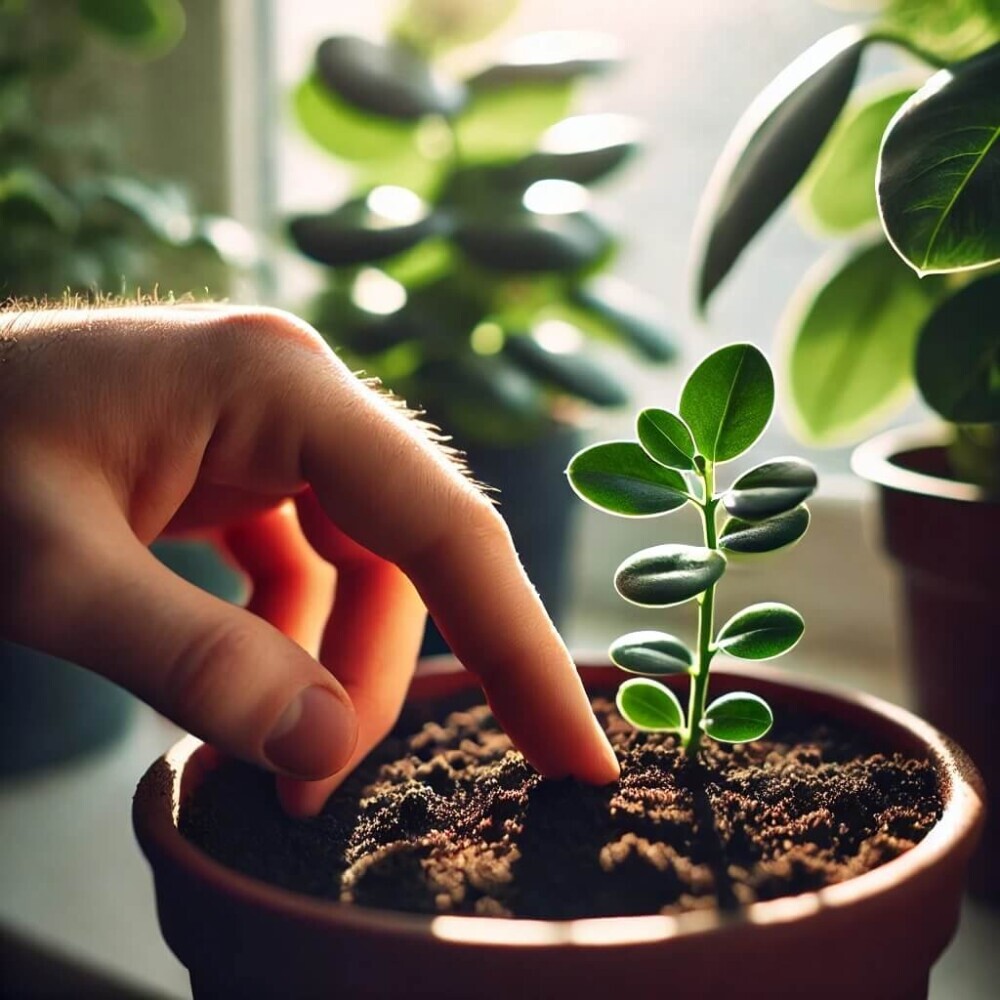
Regular moisture checks give you insight into what each plant needs, helping you avoid the soggy soil that can lead to root rot or the drought stress that causes leaves to yellow.
2. Rotate Plants for Balanced Growth
Plants naturally lean toward light sources, so a daily or weekly rotation helps keep them upright and evenly shaped. This simple trick can make a world of difference, especially for plants that don’t receive full sun.
• Why Rotate: Even light exposure prevents plants from becoming lopsided.
• How Often: Ideally, rotate plants a little each day or every time you water them.
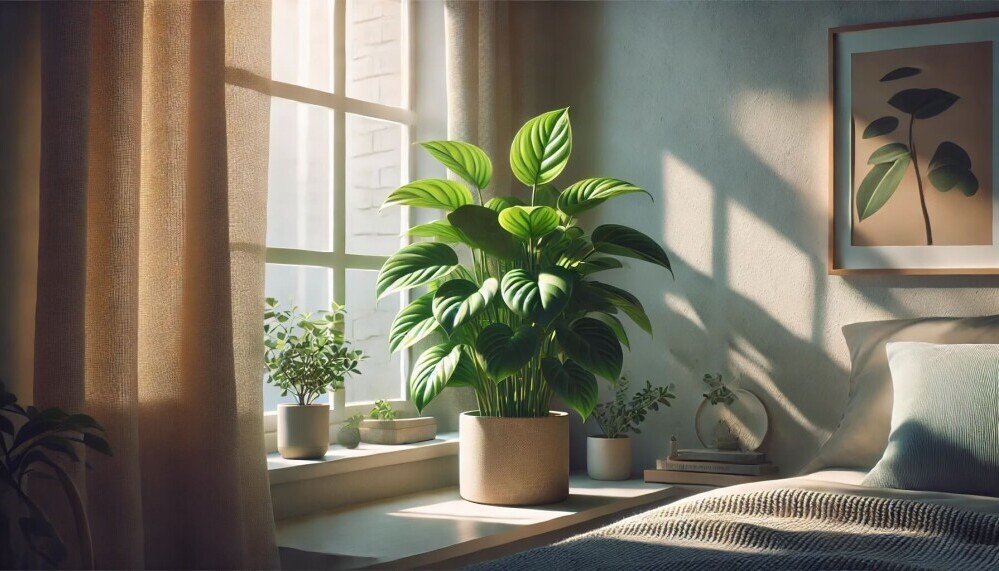
This rotation keeps plants symmetrical, which is not just visually pleasing but healthier for the plant’s growth patterns.
3. Daily Humidity and Temperature Management
Many indoor plants hail from tropical climates where they thrive on higher humidity and consistent warmth. Replicating these conditions at home can make a dramatic difference in their health.
• Humidity Tips: Place plants on a shallow tray of water-filled pebbles, or group plants together to naturally increase humidity.
• Temperature Tips: Maintain a steady room temperature around 65-75°F (18-24°C), avoiding cold drafts or hot air vents.
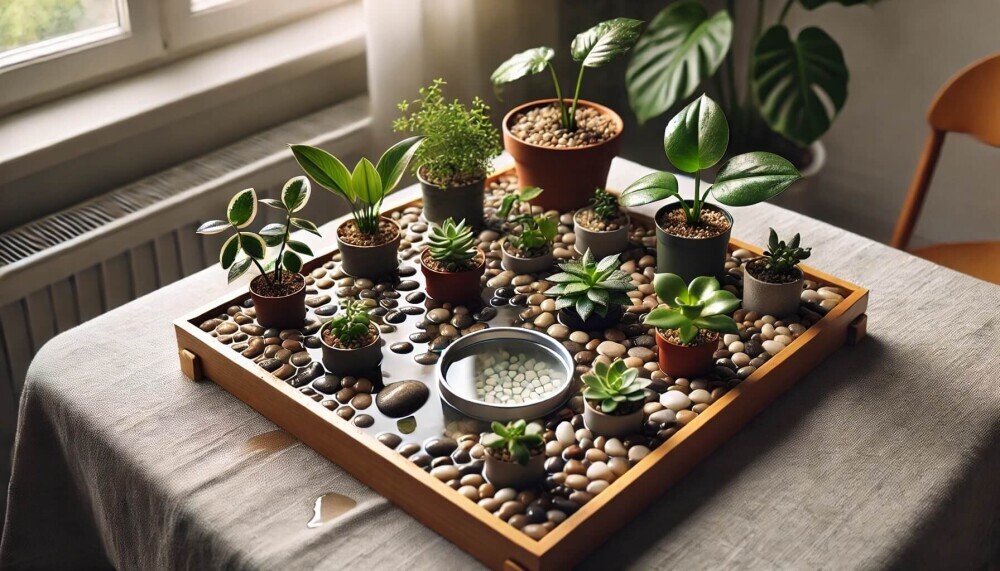
For delicate plants like ferns, calatheas, and orchids, these humidity tricks can prevent leaf browning and improve their overall vigor.
4. Daily Pest Inspections for a Healthy Environment
Every plant parent’s nightmare is an infestation. Pests like spider mites, aphids, and mealybugs can wreak havoc quickly, so a brief daily inspection is key to preventing a full-blown outbreak.
• Where to Check: Look under leaves, along stems, and in the topsoil for any signs of pests.
• How to Handle Pests: Use a cotton swab dipped in rubbing alcohol to remove visible pests, or rinse plants gently if the infestation is widespread.
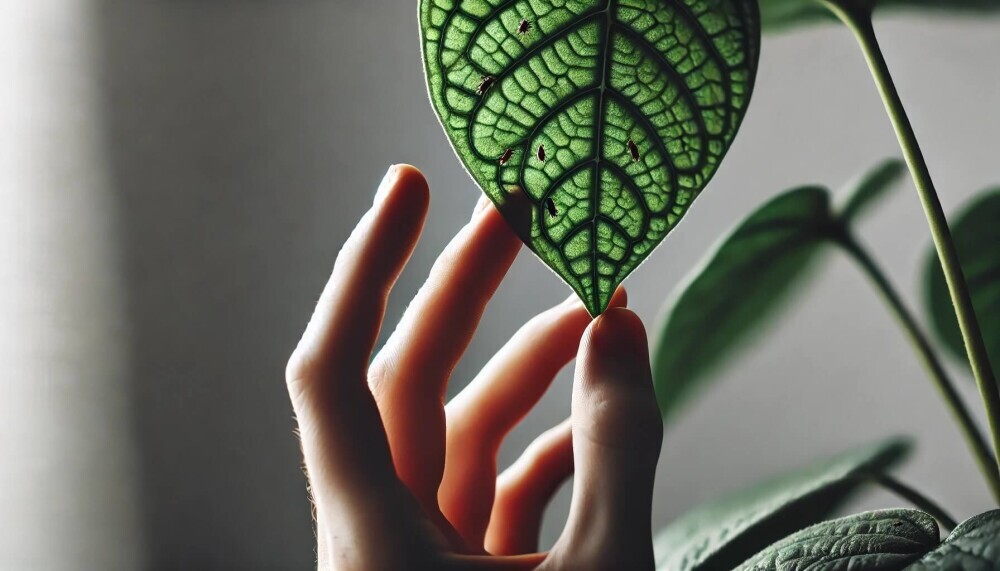
These daily checks help catch issues early, saving your plants from distress and potential damage.
5. Leaf Cleaning for Healthy Photosynthesis
Dusty leaves don’t just look neglected – they block sunlight, making it harder for plants to absorb the light they need for photosynthesis. Regularly cleaning leaves boosts their health and their shine.
• How to Clean: Use a soft, damp cloth to gently wipe each leaf, or for smaller plants, mist with water and wipe with a cotton pad.
• How Often: Every few days, or more frequently for plants in high-traffic, dusty areas.
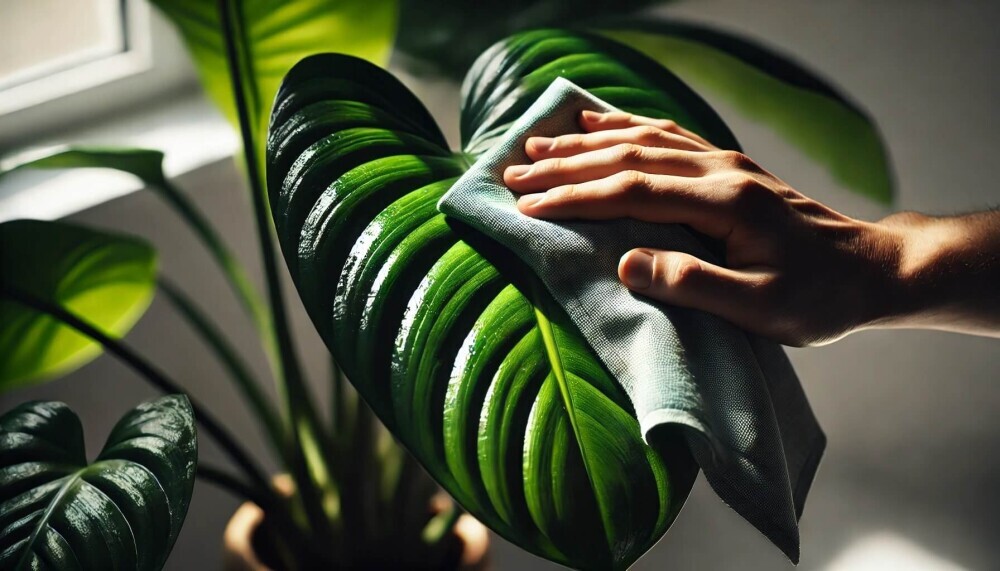
Clean leaves are like clean windows: they make it easier for the plant to “see” and absorb the light it needs to thrive.
6. The Right Feeding Schedule for Indoor Plants
A critical element of plant care that often goes overlooked is feeding. Plants use nutrients in the soil quickly, especially if they’re actively growing, and those nutrients need replenishing.
• Feeding Schedule: Feed indoor plants every 2-4 weeks during the growing season (spring and summer) and reduce or stop feeding in the fall and winter.
• What to Use: Liquid plant food is easy to apply and comes in formulas suited to different plant types. Choose one that fits your plant’s needs.
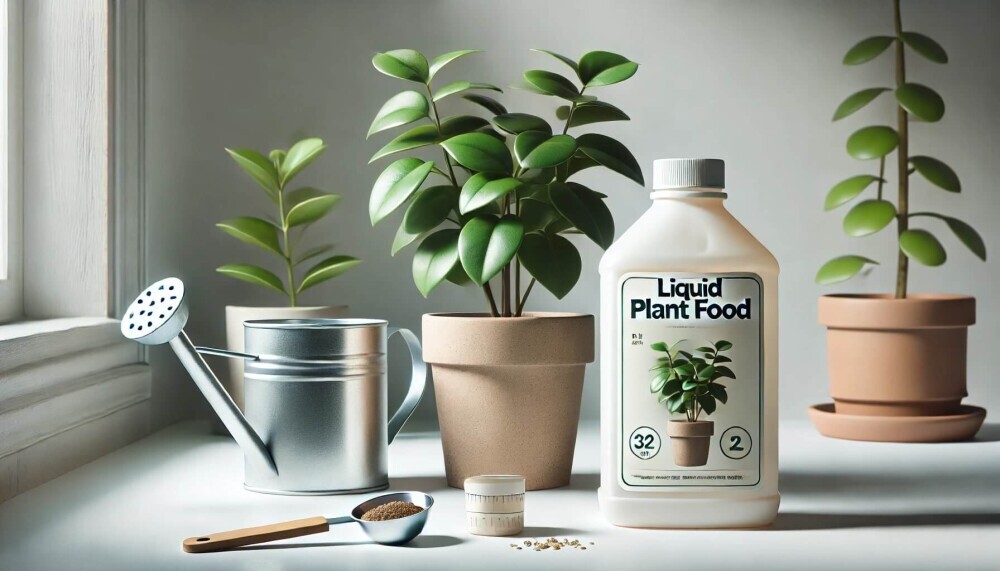
Just like us, plants need vitamins and minerals to grow well. Regular feeding, tailored to each plant’s needs, encourages vibrant, lush growth.
7. Light Management: Tailoring to Each Plant’s Needs
Indoor plants vary widely in their light needs, and it’s essential to match each plant with the right location in your home.
• Bright, Indirect Light: Many popular houseplants, like pothos and monsteras, prefer bright, indirect light.
• Low-Light Plants: Snake plants and ZZ plants can tolerate low light, making them perfect for less sunny spots.
 Positioning each plant according to its light needs creates a happy, balanced plant family and prevents plants from stretching or losing leaves.
Positioning each plant according to its light needs creates a happy, balanced plant family and prevents plants from stretching or losing leaves.
8. Creating a Consistent Watering Routine
Watering on a strict schedule isn’t as effective as watering based on each plant’s needs. However, consistency in checking your plants and knowing when they’ll need water can help build a rhythm.
• General Guidelines: Succulents may only need water every two weeks, while ferns may need moisture weekly.
• How to Water Correctly: Pour water until it flows out of the bottom drainage hole, ensuring roots are properly hydrated.
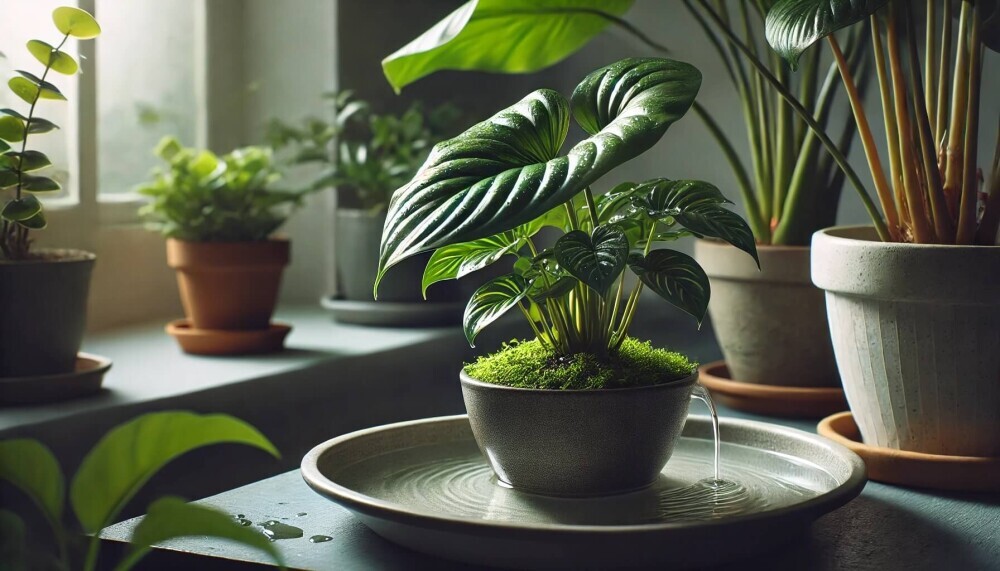
Regular, need-based watering ensures plants stay hydrated without becoming waterlogged, supporting robust growth and leaf health.
9. Embrace Plant Variety for a Diverse Indoor Garden
Different types of plants thrive in different conditions, and grouping diverse species together can create a natural humidity boost, a mini ecosystem that helps each one flourish.
• Mix Low and High-Humidity Plants: For instance, grouping a tropical plant with a cactus provides contrast but enhances your space’s overall look.
• Experiment with New Plants: Add new varieties to keep things interesting and improve your plant care skills!
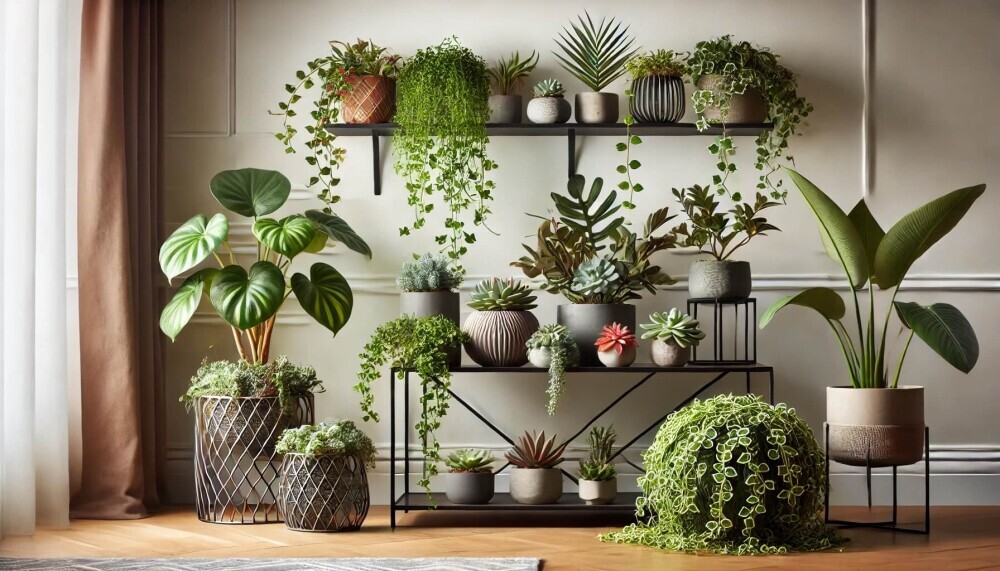
Creating a diverse indoor garden brings more than aesthetic beauty – it cultivates an engaging, dynamic plant care routine.
When it comes to daily plant care, consistency is your best friend. Every small step – from daily moisture checks to occasional feeding – adds up to make an incredible difference in the overall health of your indoor garden. Each plant has its personality and unique needs, but when you give them the attention they deserve, they’ll reward you with lush, thriving growth. And remember, caring for plants isn’t just about checking off tasks; it’s about connecting with nature, right in your home.
